Italy’s iconic landmarks face an ongoing battle against time and nature. Many historical sites gradually descend into the earth or water below. These architectural treasures, some dating back thousands of years, demonstrate the constant struggle between preservation and natural forces.
From Venice’s canals to ancient Roman structures, these sinking landmarks tell stories of engineering challenges and environmental changes. Let’s explore these remarkable places where history slowly slips beneath the surface, reminding us that even the most enduring structures face nature’s unstoppable force.
Venice’s St. Mark’s Basilica
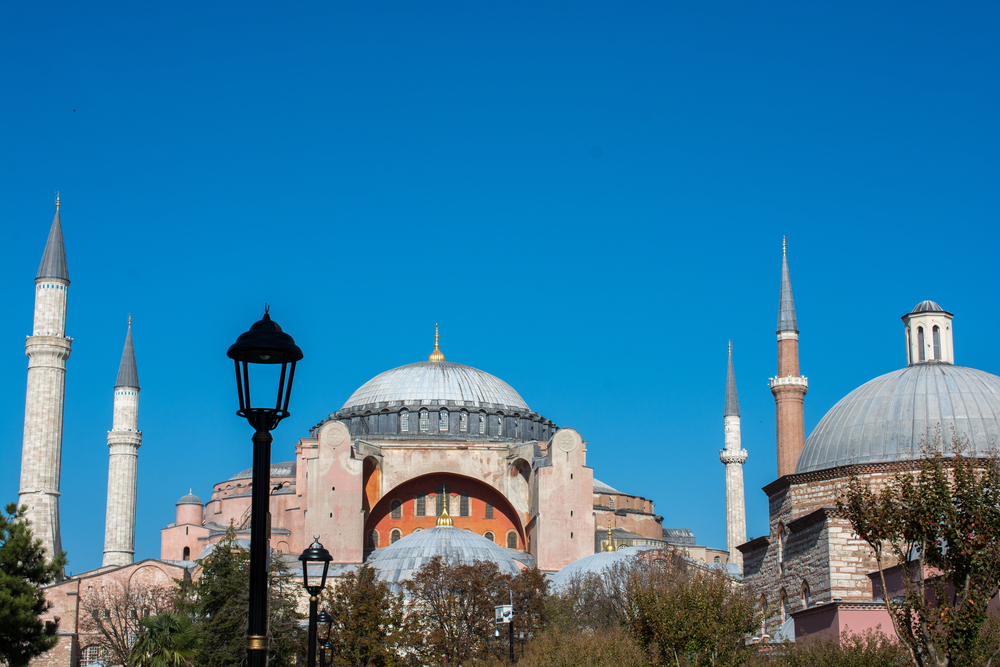
The golden Byzantine cathedral sits precariously on wooden foundations weakened by centuries of saltwater exposure. The basilica sinks a few millimeters deeper each year into the soft lagoon bed beneath.
High tides regularly flood the church’s ancient marble floors, causing significant damage to its precious mosaics and stonework. The surrounding square faces similar challenges, with water seeping through the ground during Venice’s notorious acqua alta.
Palazzo Ducale
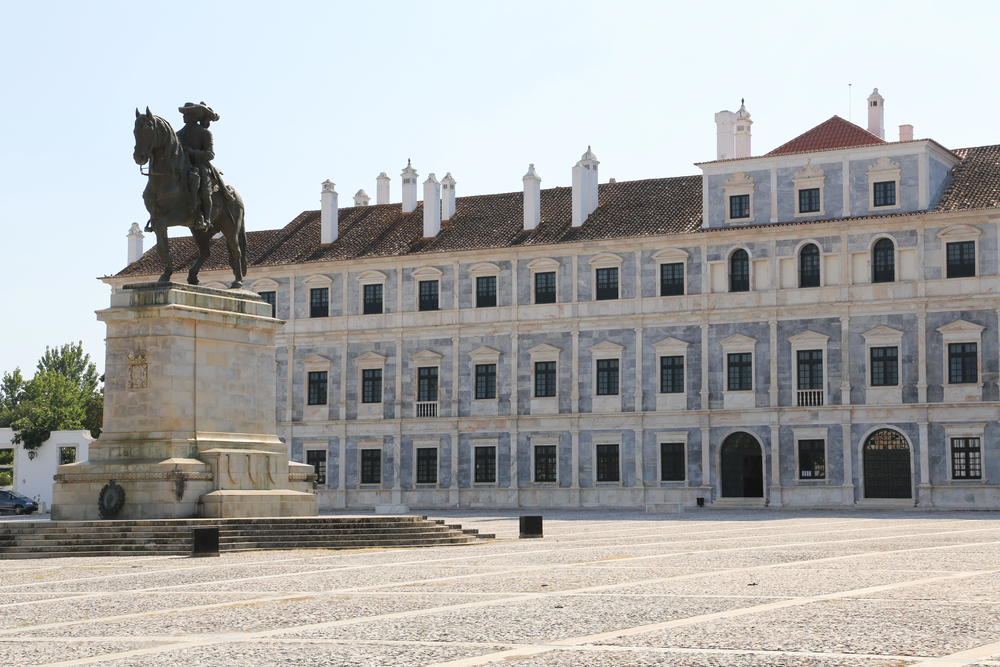
Venice’s former seat of power drops approximately two millimeters annually into the lagoon’s muddy bottom. The Gothic palace’s intricate stone columns show signs of stress from the uneven sinking.
Salt water regularly invades the building’s lower levels, threatening its historic architecture and priceless artworks. Engineers work constantly to prevent further damage to this symbol of Venetian power.
Like Travel Pug’s content? Follow us on MSN.
The Rialto Bridge
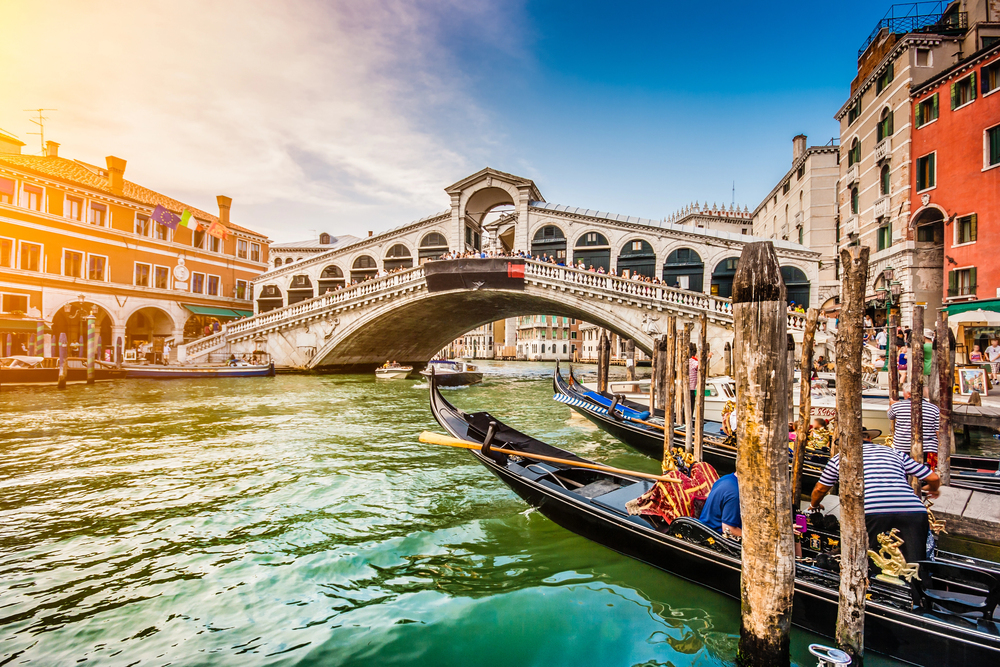
Venice’s oldest bridge consistently subsides due to its weight and soft soil. As the structure continues its gradual descent, its stone arches show increasing signs of stress.
Modern restoration efforts focus on stabilizing the foundation while maintaining the bridge’s historic character. The surrounding buildings also sink at varying rates, creating additional structural challenges.
Florence’s Baptistery
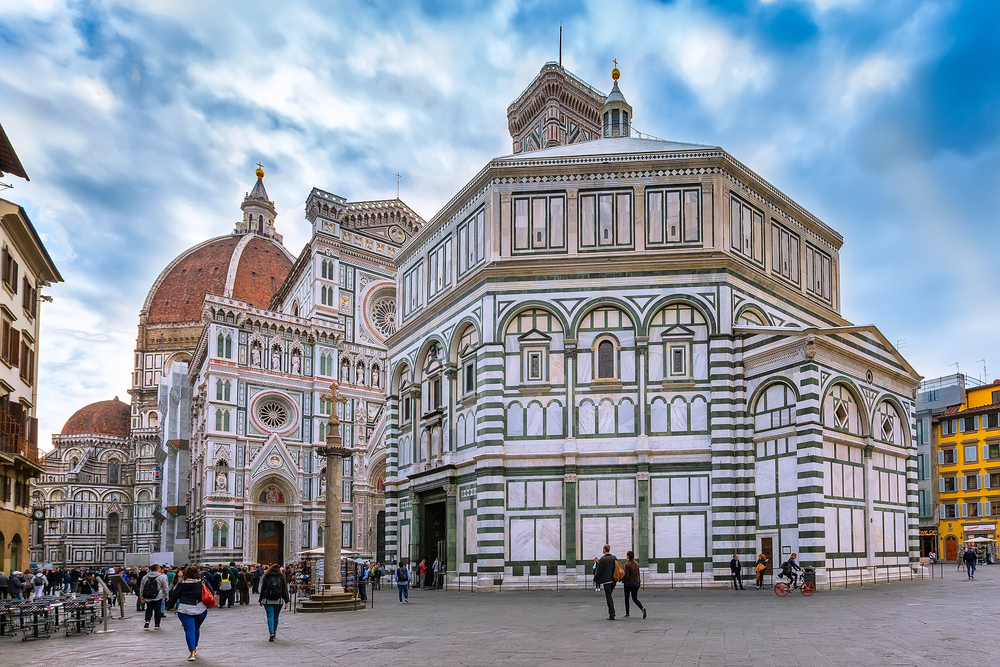
This octagonal building near the Duomo sinks unevenly into the soft clay soil beneath the city. Ground subsidence causes visible tilting in certain sections of the ancient structure.
The marble facade shows signs of stress from the uneven settlement. Water accumulation in the underlying soil accelerates the sinking process.
Basilica of San Lorenzo
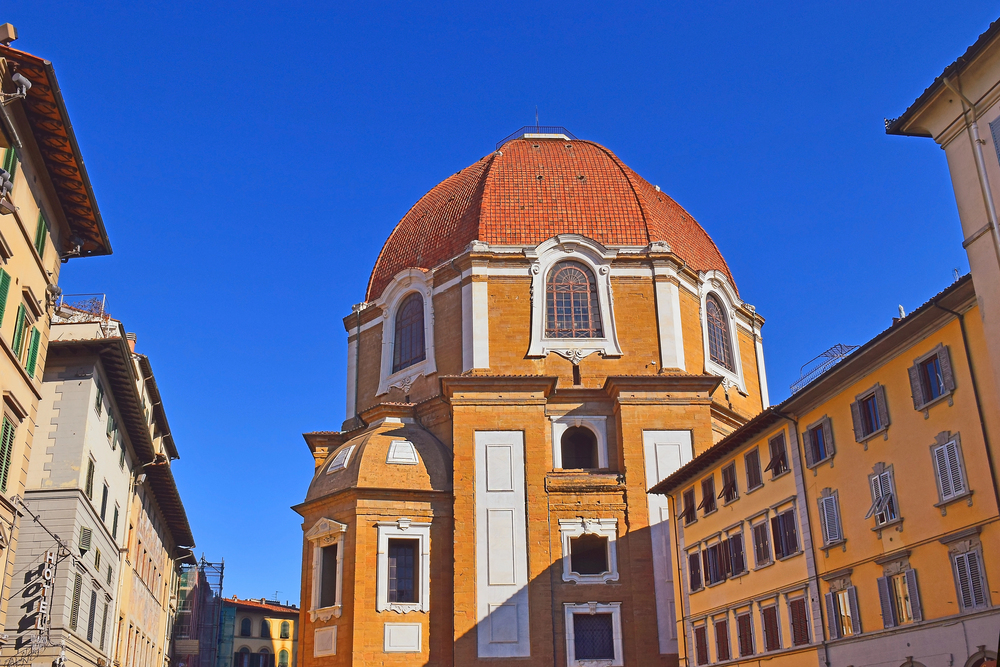
The Medici family church faces ongoing foundation issues due to underground water movement. Historical flooding has weakened the building’s original supporting structures.
The basilica’s marble floor shows noticeable depressions from centuries of settling. Recent studies indicate accelerated sinking in certain sections of the building.
Like Travel Pug’s content? Follow us on MSN.
Pisa’s Santo Stefano dei Cavalieri
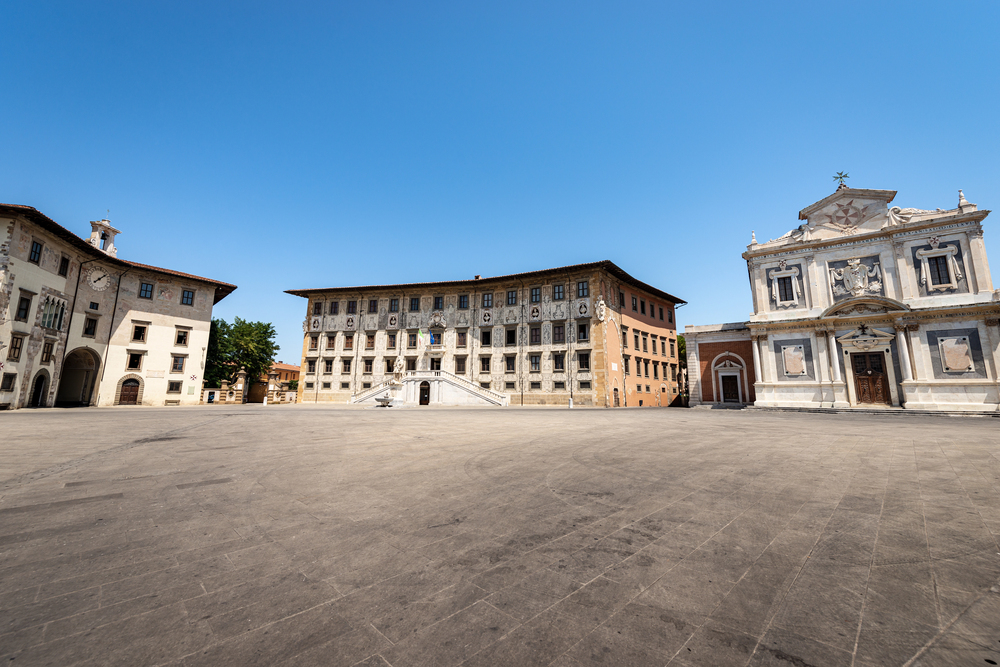
This historic church continues to sink into the same unstable soil that affects its famous leaning neighbor. The building’s foundations show significant stress from uneven settling patterns.
Over centuries of gradual sinking, its bell tower has developed a slight tilt. Engineers monitor the structure closely for any signs of accelerated movement.
Milan’s Church of San Bernardino
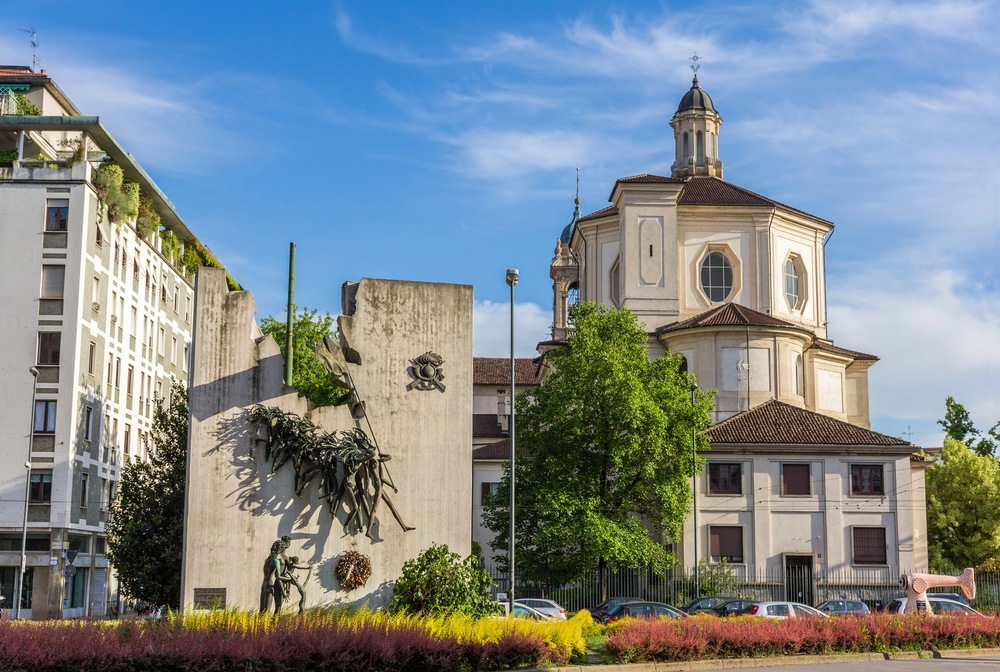
The ancient church experiences gradual subsidence due to groundwater depletion beneath the city. Its medieval foundations show increasing strain from the uneven settling.
The surrounding square has developed noticeable depressions around the building’s perimeter. Historical records indicate several centimeters of descent over the past century.
Naples’ Galleria Umberto I
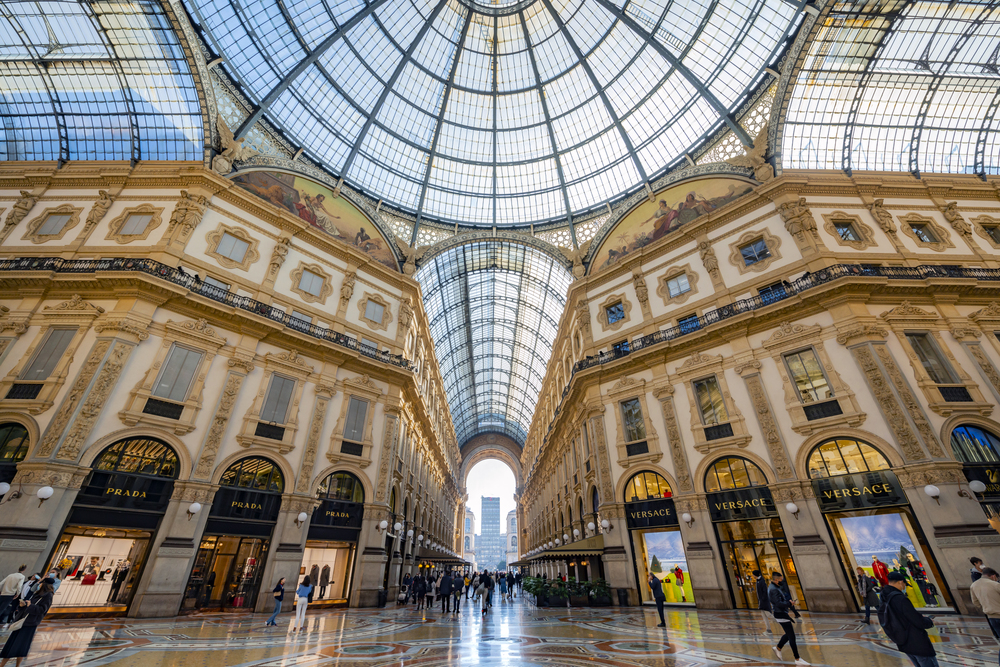
This nineteenth-century shopping gallery sinks slowly due to the unstable volcanic soil beneath Naples. The glass dome shows signs of stress from the building’s uneven settlement.
Water infiltration in the foundation accelerates the structure’s descent. The ornate marble floors have developed visible undulations from the shifting ground.
Like Travel Pug’s content? Follow us on MSN.
Basilica of Santa Croce
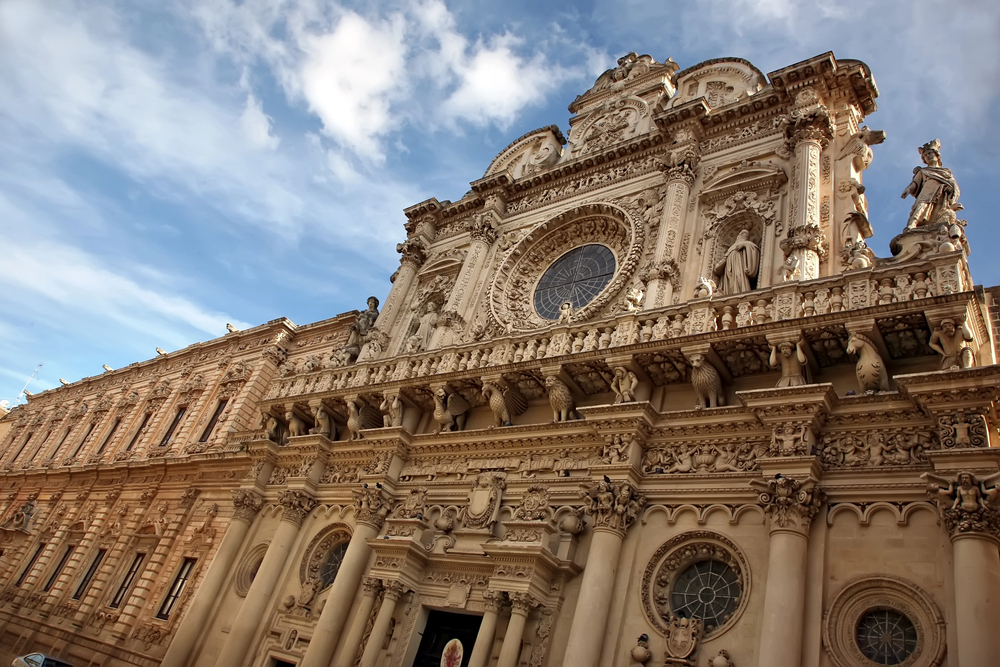
Florence’s largest Franciscan church has ongoing foundation problems due to soil compression. The historic tombs within show signs of water damage from rising ground moisture.
The marble floor has developed significant undulations from centuries of settling. Engineers are working to prevent water infiltration, which speeds up the sinking process.
Teatro San Carlo
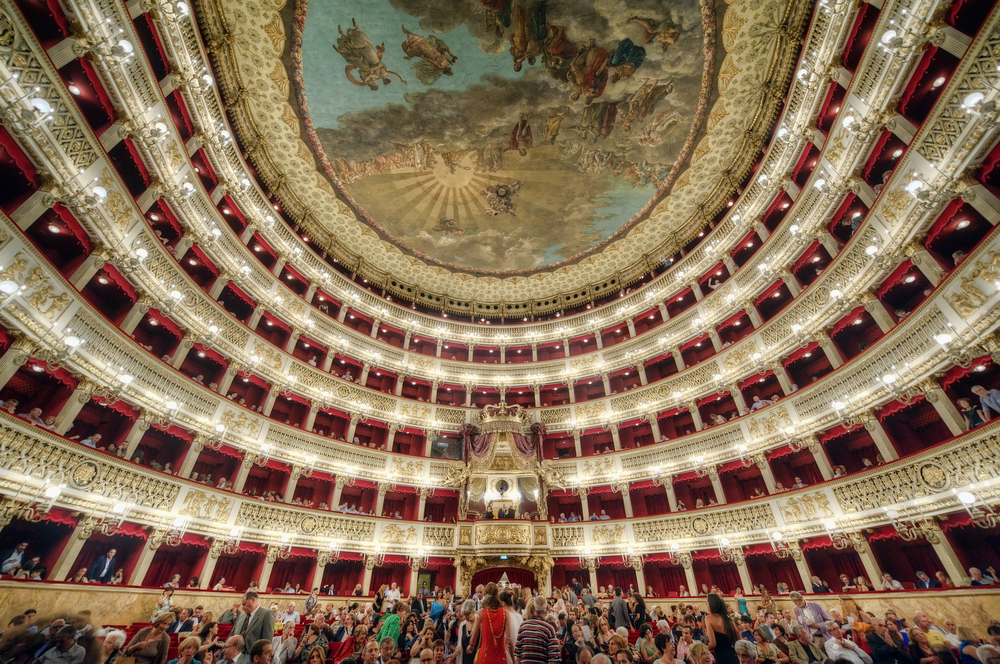
Naples’ historic opera house gradually subsided due to the formation of underground cavities. The building’s ornate interior shows stress marks from uneven settling.
Water seepage through ancient Roman tunnels beneath weakens the foundation. The theater requires regular structural monitoring and reinforcement.
Palazzo Vecchio

Florence’s town hall is slowly but steadily sinking due to unstable soil conditions. The medieval foundation shows signs of stress from centuries of settling.
Underground water movement continues to affect the building’s stability. The tower displays slight tilting from uneven ground settlement.
Like Travel Pug’s content? Follow us on MSN.
Chiesa del Gesù Nuovo
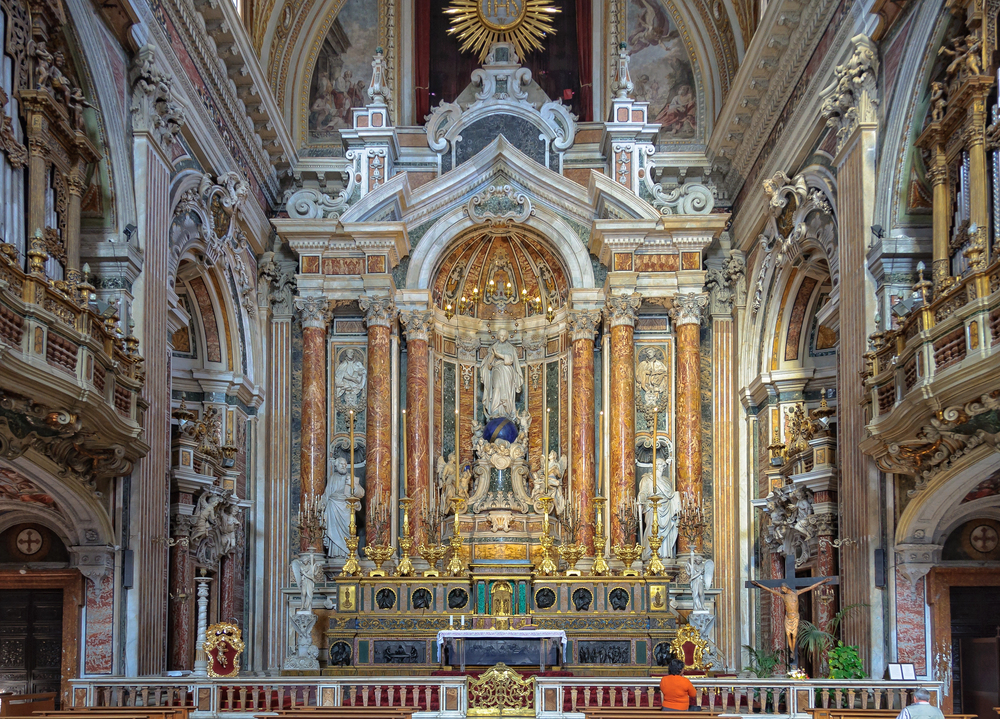
Naples’s baroque church gradually sinks due to the city’s complex underground tunnel system. The building’s distinctive facade shows signs of stress from uneven settling.
Ancient Roman ruins beneath contribute to foundation instability. Water infiltration through old passages accelerates the structure’s descent.
Basilica of San Petronio

Bologna’s largest church has foundation issues due to groundwater fluctuations. The massive structure shows signs of stress from uneven settling patterns.
Its medieval brick walls display visible cracks from the foundation movement. The marble floor requires regular releveling due to continuous subsidence.
Palazzo Pubblico

Siena’s historic town hall faces gradual sinking due to underlying soil compression. The building’s Gothic architecture shows stress from centuries of settling.
Underground water movement affects the structure’s stability. The tower displays slight tilting from uneven foundation settlement.
Like Travel Pug’s content? Follow us on MSN.
Cathedral of Modena
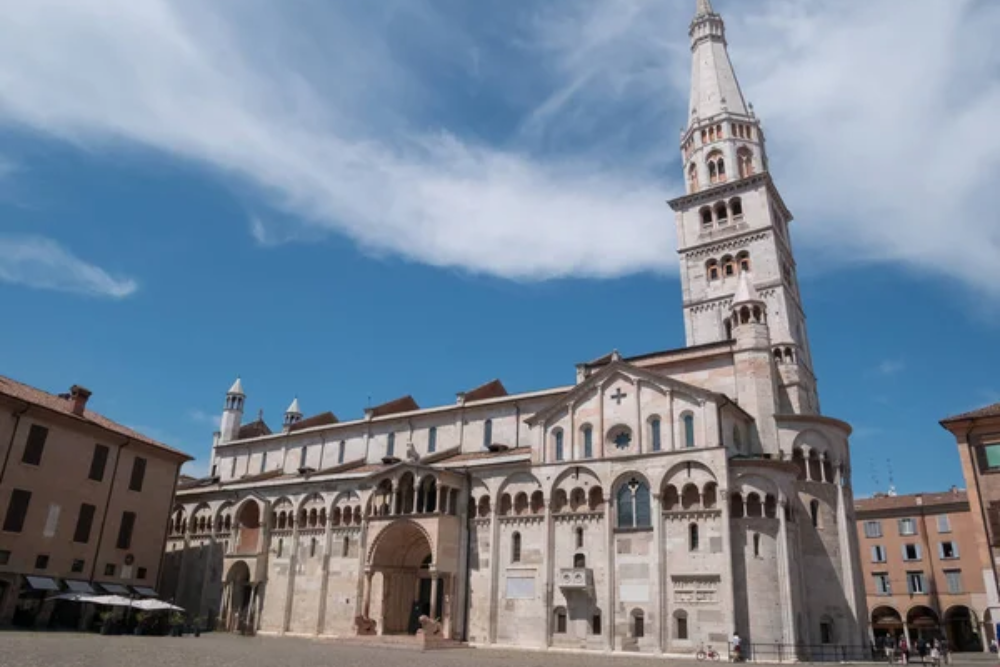
This UNESCO site experiences slow subsidence due to changes in groundwater levels. The Romanesque structure shows signs of stress from uneven settling. Its ancient foundations struggle with soil compression issues.
Engineers monitor the building constantly for structural stability.
Palazzo Pitti
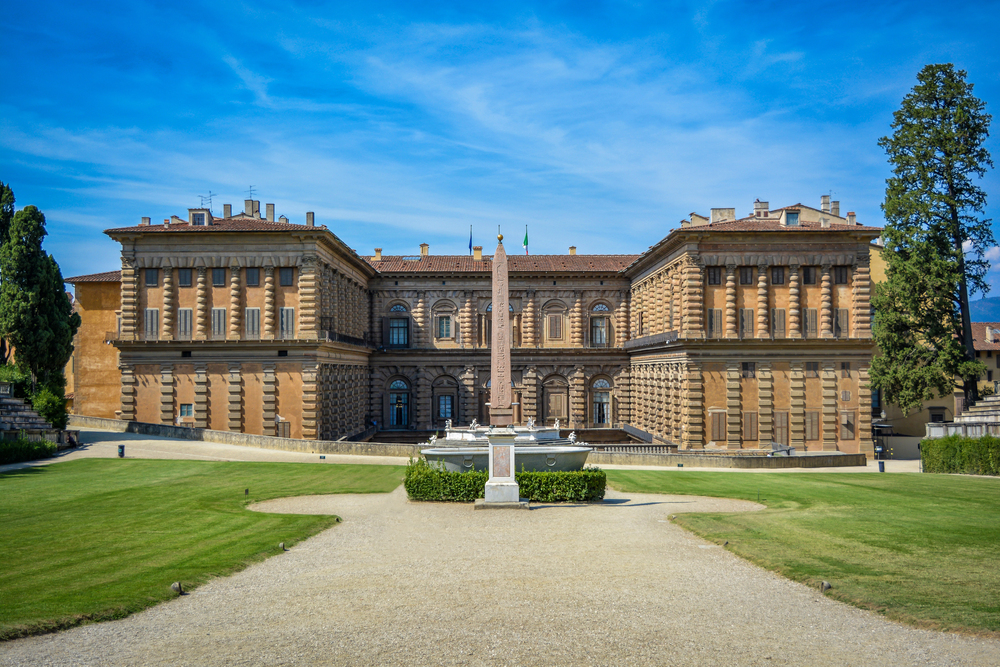
Florence’s largest palace complex sinks gradually into the soft riverbank soil. The massive Renaissance structure shows signs of stress from uneven settling.
Water infiltration from the nearby Arno River affects foundation stability. The courtyard displays visible signs of ground depression.
Castello Sforzesco
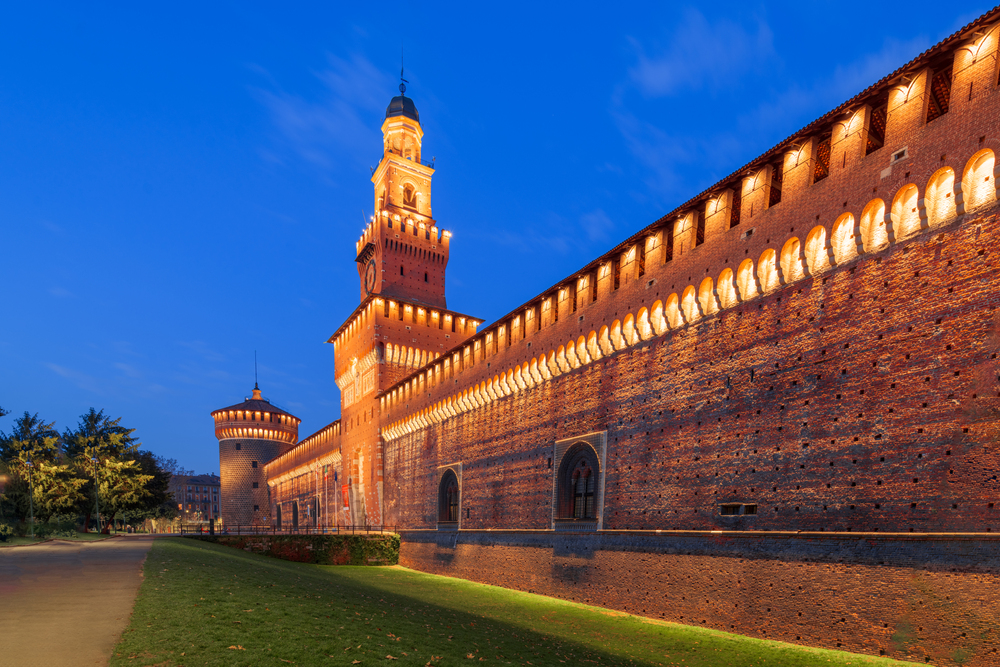
Milan’s castle experiences ongoing foundation issues due to groundwater depletion. The medieval structure shows increasing signs of stress from uneven settling.
Underground water movement continues to affect the building’s stability. The moat area displays evidence of significant ground subsidence.
Like Travel Pug’s content? Follow us on MSN.
Basilica of Sant’Ambrogio
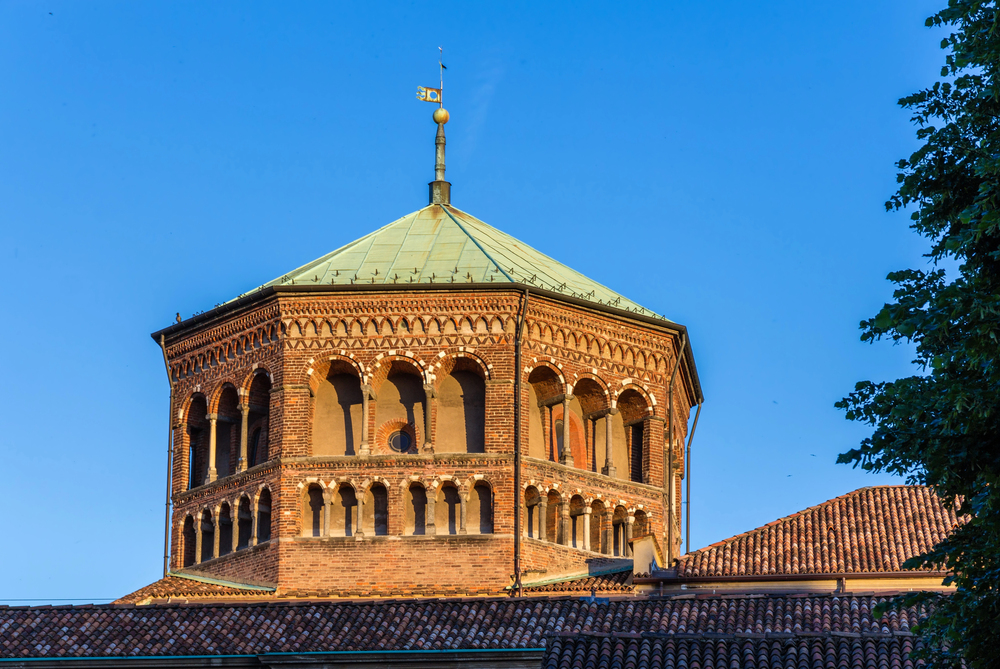
Milan’s ancient church gradually sank due to soil compression and changes in the water table. The building’s Roman columns show stress from centuries of settling.
The crypt area experiences regular water infiltration issues. Engineers work to prevent further foundation degradation.
Palazzo dei Normanni

Palermo’s royal palace sinks slowly due to unstable geological conditions. The historic structure shows signs of stress from uneven foundation settlement.
Ancient underground water channels contribute to ongoing stability issues. The palace requires continuous monitoring and structural reinforcement.
Pantheon of San Biagio
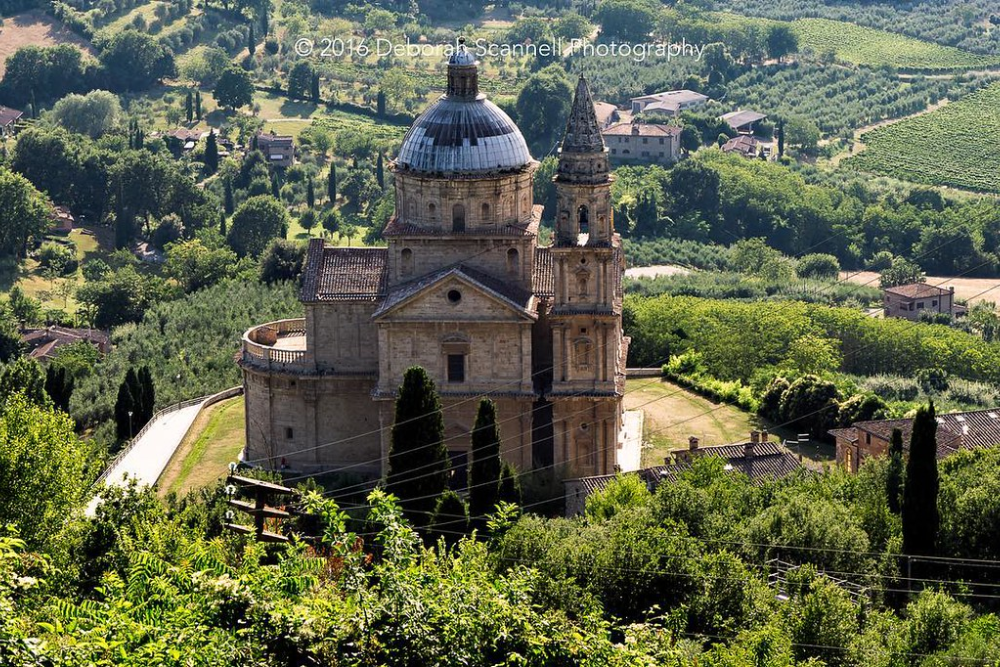
This historic church in Montepulciano is gradually subsiding due to hillside soil movement. The Renaissance structure shows increasing signs of foundation stress, and underground water flow significantly affects its stability.
The surrounding plaza displays visible signs of ground depression.
Like Travel Pug’s content? Follow us on MSN.
Heritage Below Ground
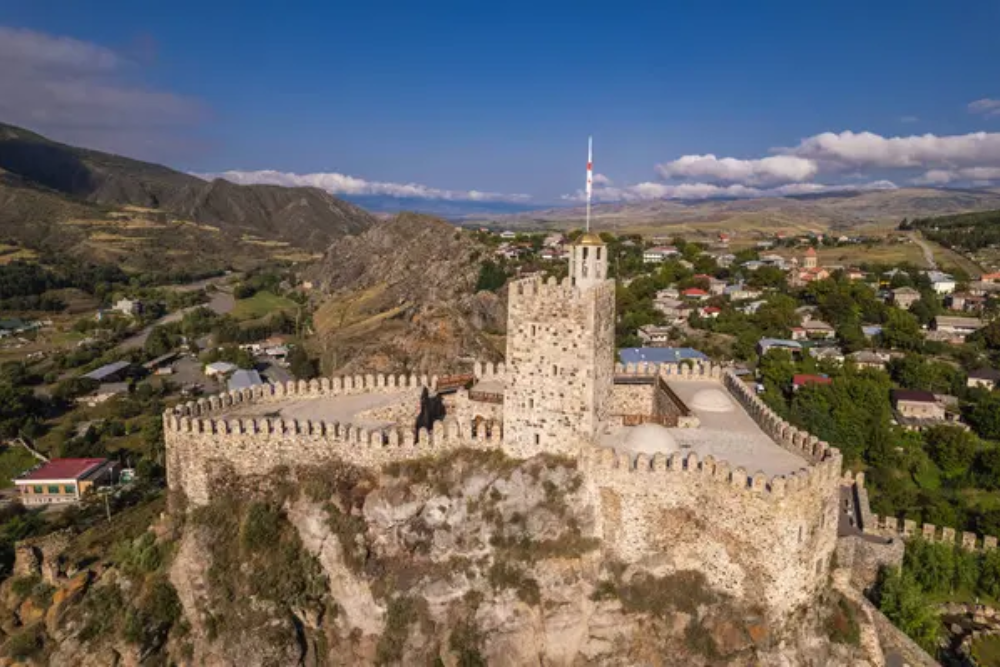
These sinking landmarks represent Italy’s ongoing struggle to preserve history while battling natural forces. Modern engineering solutions offer hope for these threatened structures, yet the challenge grows more complex each year.
Their gradual descent reminds us that even the most magnificent human achievements remain subject to nature’s power. These sites continue drawing visitors while engineers and conservationists work tirelessly to prevent their further sinking into history.
More from Travel Pug

- 15 Dangerous European Cities to Avoid
- 15 Caribbean Islands Where Tourists Keep Getting Scammed
- The 20 Most Fascinating Abandoned Places: A Journey Through Time and Forgotten Spaces
- 15 Hidden Places in the Smithsonian Museums Locals Love: A Guide to Lesser-Known Treasures
- 16 Hidden Florida Beach Towns That Aren’t Overrun with Tourists
Like Travel Pug’s content? Follow us on MSN.
